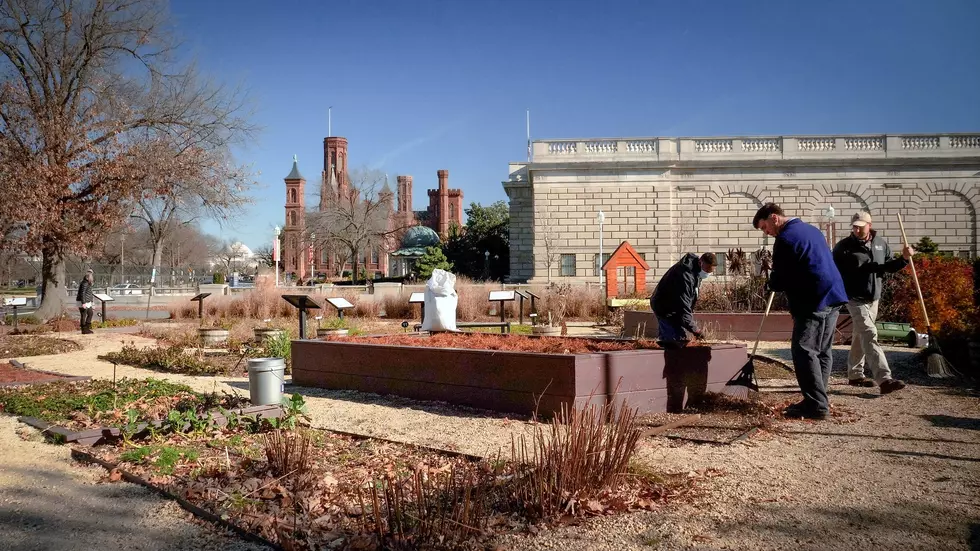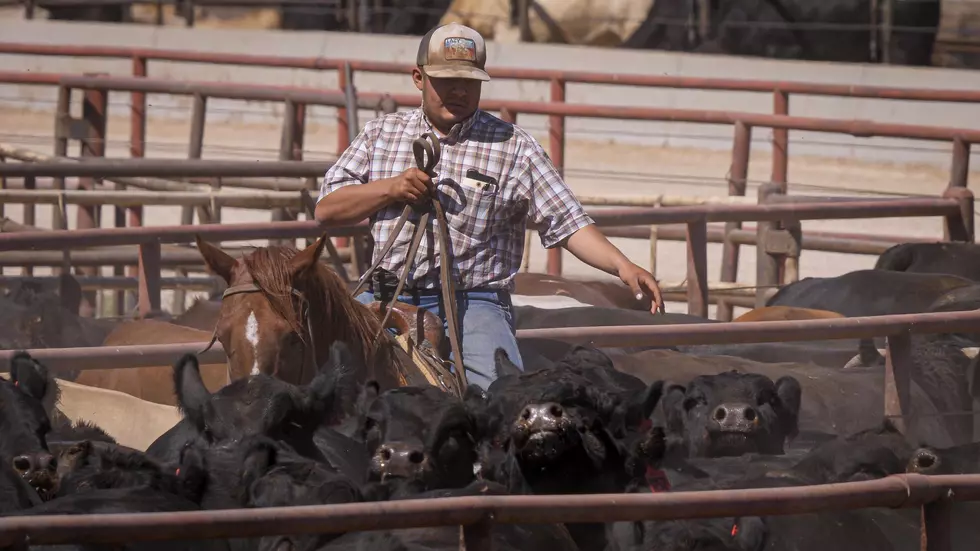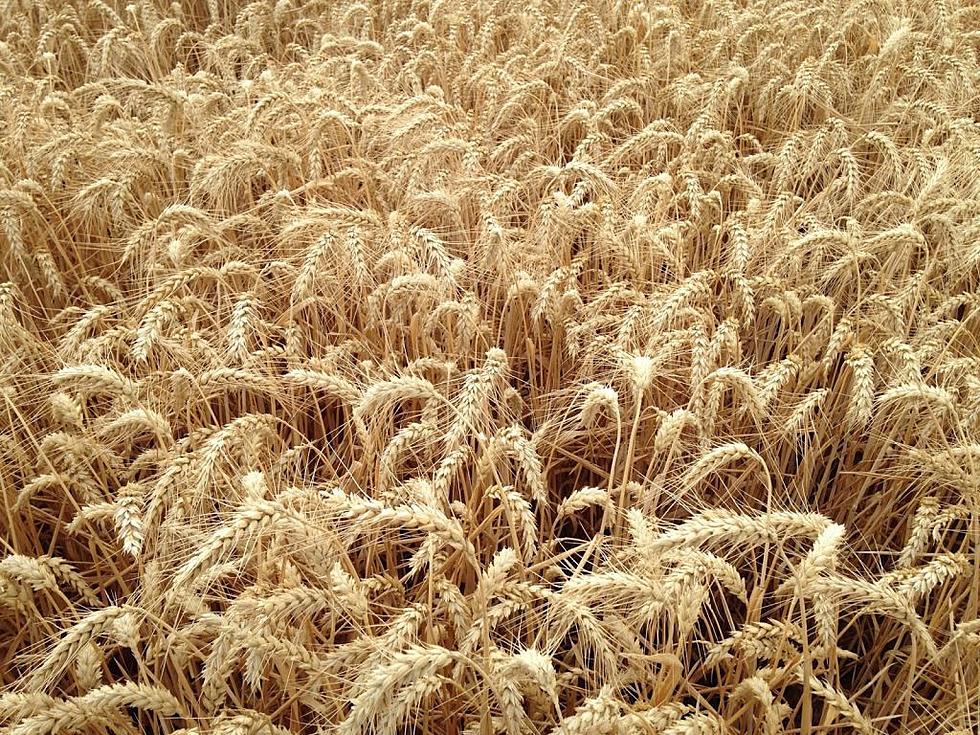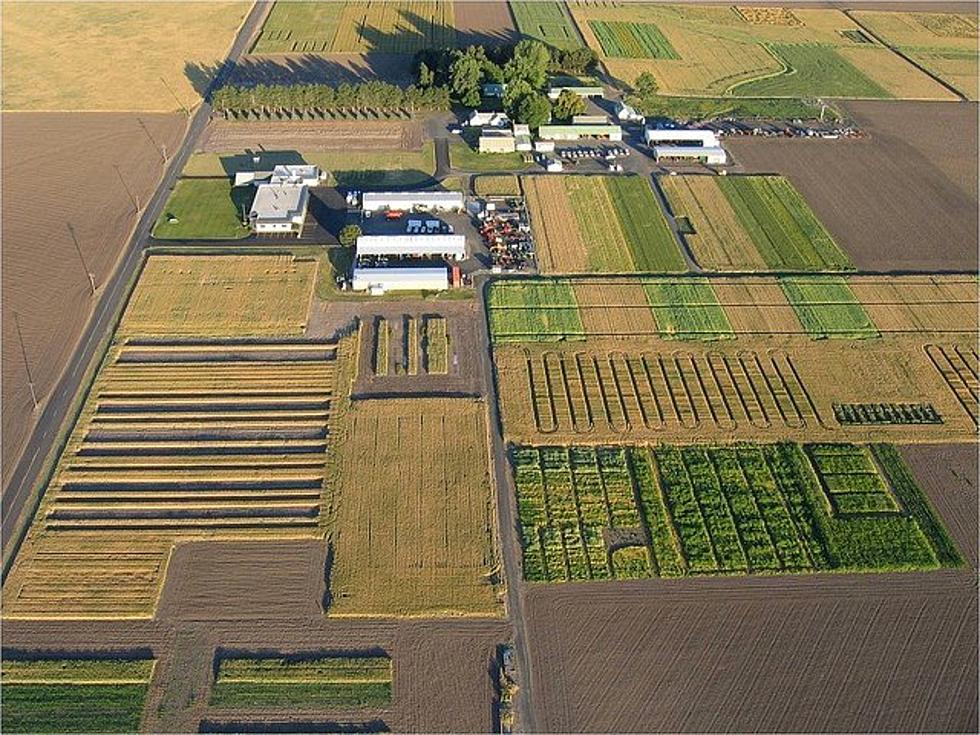
Farm Bill Simplified: Urban Ag
The Senate Agriculture Committee released a newsletter entitled “Farm Bill 101: Growing Urban Agriculture.” This one-pager is designed to be easily digestible and explains urban agriculture in layman’s terms.
The one-pager explains what urban agriculture is, the history behind the program that was installed in the 2018 farm bill and explains how these programs are beneficial not only to urban citizens but to the overall economy as well.
“Urban agriculture is growing in cities and towns across the country, creating new economic opportunities and safer, healthier communities,” said Senate Ag Committee Chairwoman Stabenow in regard to the importance of urban agriculture programs.
What is Urban Agriculture?
- Urban agriculture includes the farms, food systems, and green spaces in cities and suburban communities around the country.
- From community gardens to rooftop farms and farmers markets, urban agriculture creates economic opportunity, promotes local food systems, encourages innovative methods of food production, and provides fresh produce in communities where quality grocery stores can be scarce.
- Urban farms, many of which are owned and operated by communities of color, increase access to opportunities for beginning, young, and underserved farmers.
- Urban agriculture is also an important tool to address the climate crisis by increasing green space, which reduces the heat island effect in cities, captures carbon, and absorbs stormwater runoff.
Program History:
- Community farms and gardens have been a staple in cities and suburban communities for decades, growing by more than 30% over the last 30 years. The 2018 Farm Bill formally recognized urban agriculture at the United States Department of Agriculture for the first time by establishing the Office of Urban Agriculture and Innovative Production (OUAIP) and supporting grant programs.
Fun Fact:
- It costs more to throw food into a landfill than to compost it. Community composting programs save money, reduce greenhouse gas emissions, and produce nutrient-rich, usable soil!
Program in Action:
- The Farm Bill supports urban agriculture through promotion, technical assistance, research, community development, food access, and conservation.
- OUAIP has invested more than $50 million in more than 230 grants and cooperative agreements across the country supporting urban agriculture.
- Urban Agriculture and Innovative Production Grants (UAIP); Urban, Indoor, and Emerging Agriculture Research, Education, and Extension Initiative (UIE); and Composting and Food Waste Reduction Cooperative Agreements (CFWR) support new and growing efforts that target food access, local policy development, emerging technologies, and reducing food waste.
- And much more!
Find Out More:
- You can learn more about how the Farm Bill supports urban agriculture here.
- Find the Farm Bill nutrition and family safety net here.
- Find what producers are looking for in the Farm Bill here.
Sources: NAWG, U.S. Senate Committee on Agriculture, Nutrition & Forestry, PNW Ag Network
10 Washington State Urban Legends That People Think Are Real
More From PNW Ag Network









